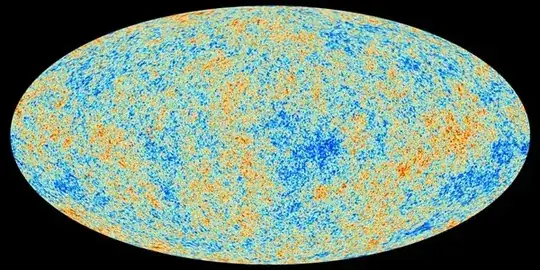The overall geometry and topology of the universe has been investigated by the Planck mission. Some results are described in this paper. Final results are not yet available.
An excerpt:
We have calculated the
Bayesian likelihood for specific topological models in universes
with locally flat, hyperbolic and spherical geometries, all of
which find no evidence for a multiply-connected topology with
a fundamental domain within the last scattering surface. After
calibration on simulations, direct searches for matching circles
resulting from the intersection of the fundamental topological
domain with the surface of last scattering also give a null result
at high confidence
...
Future Planck
measurement of CMB polarization will allow us to further test
models of anisotropic geometries and non-trivial topologies and
may provide more definitive conclusions, for example allowing
us to moderately extend the sensitivity to large-scale topology.
The amount of anisotropy of the universe is going to be inferred from the cosmic microwave background (CMB).

Image Credit: European Space Agency, Planck Collaboration
Higher resolved images of the CMB can be found here
The universe is roughly a 4-dimensional spacetime with the big bang as a singularity. It has no edges in the 3d space when travelling. When looking to the past the border, if you like to call it like this, is the big bang. The big bang looks to us on Earth like being in a distance of 13.81 billion (13.81e9) light years in any direction. Or being 13.81 billion years in the past as light needed that time to travel to us. But we cannot travel to that boundary, because the universe expands faster than we (or light) can travel. We had to travel into the past or faster than light to get there, no matter in which spacial direction.
There is no black hole in the center of the universe, but the big bang, if you like to call it the center of a 4-d spacetime.
The universe, when looking to a fixed age of say 13.81 billion years is filled almost homogeneously with galaxies on the very large scale. Locally galaxies are grouped to clusters and superclusters. Superclusters form kind of a 3d-net. But there aren't totally void regions. There is always some gas or some dust or some plasma or some fast-travelling cosmic rays, neutrinos, etc.
If you could stop the expansion of the universe at a given cosmic time, you would see yourself in either direction in approximately the same distance, and in approximately the same past. (Such a structure is called a 3-sphere. The surface of a 4-ball is an example of a 3-sphere. This youtube video tries to visualize a rotating 3-sphere.)
Due to the fast expansion of spacetime, light cannot travel fast enough around the universe to make this possible. Therefore we can at best look back to the big bang, no matter which direction we look. The light needs more time to travel around the universe as the universe is existing after the big bang.

